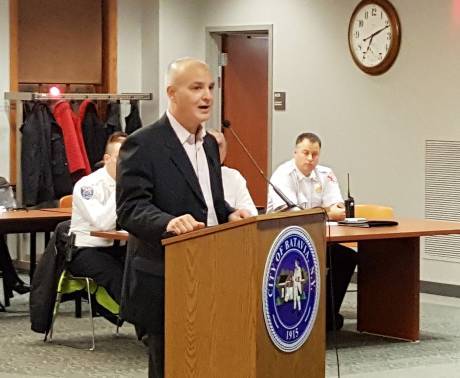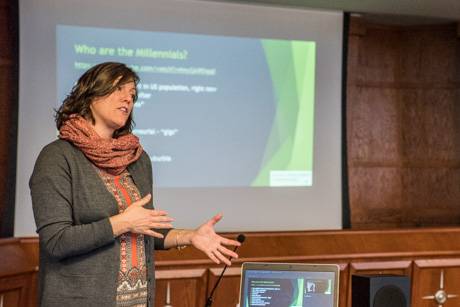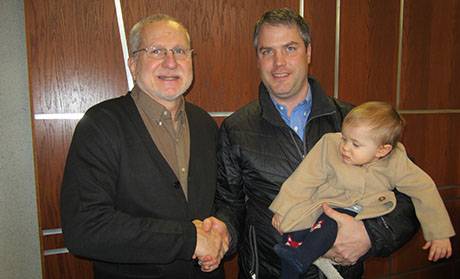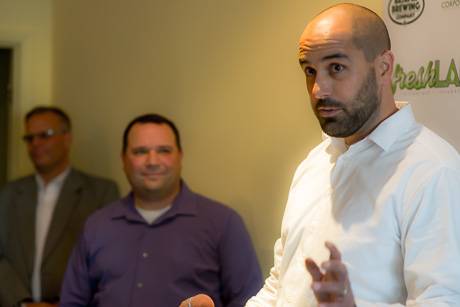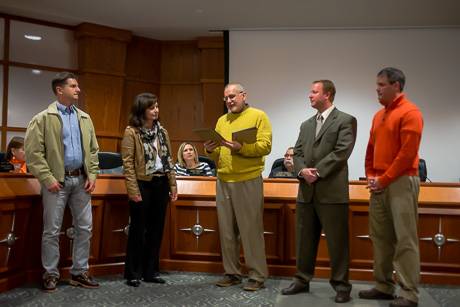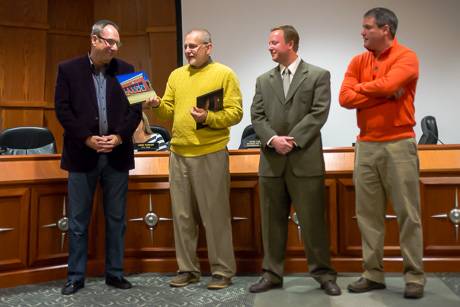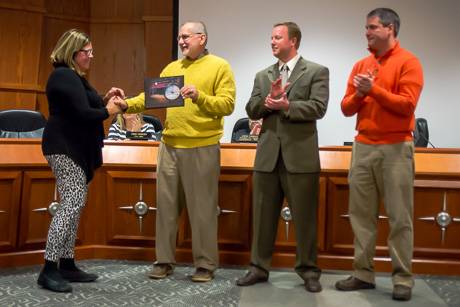Molino: Poor communication at heart of Old Engine House redevelopment turbulence
Batavia City Manager Jason Molino admits that a communication breakdown has resulted in the confusion surrounding a proposal to redevelop the Old Engine House on Main Street with help from a Restore New York Communities Initiative grant.
“Maybe we all could have done a better job communicating,” said Molino, speaking by telephone tonight.
Ever since Molino’s memo to City Council dated Nov. 22 – a report that apparently wasn’t read by all council members prior to their Nov. 27 meeting (Thanksgiving came in between) – there have been numerous public comments criticizing the process.
Some of those comments placed the blame on the city manager for “jumping the gun” and others questioned the selection of Thompson Builds of Byron and Churchville as the developer.
A public hearing on the proposal to renovate the former restaurant into a commercial/residential building and to apply for a $1 million Restore NY grant to help fund it was scheduled for Monday afternoon, but was abruptly cancelled after Genesee County Manager Jay Gsell said the County Legislature wasn’t ready to declare the property as “surplus.”
This, as would be expected, cast a negative light upon all parties involved, especially Molino for bringing the project to City Council.
“(Cancelling the public hearing) caught me by surprise,” Molino said, noting that Gsell told him that the legislature needed more time to review the plan.
Currently, the Engine House, which is owned by the county, is the home to public defender offices and a facilities management shop.
Molino said he was aware that the county had been looking to surplus the property for some time – “a couple years,” he said – and that Julie Pacatte, coordinator of the Batavia Development Corporation, had referred a couple investors to the county.
“I know that Jay had people looking at it as well; multiple people already looked at it,” Molino said.
Molino said that Pacatte came to him with news that Thompson Builds was interested in renovating the building to have a commercial venture on the first floor and apartments on the second floor – and that he was excited by the prospect of putting the property back on the tax rolls.
“That was a few weeks ago,” Molino said, after the City submitted a letter of intent to apply for the grant and was accepted – matters that weren’t communicated to City Council.
“I could have done a better job of advising Council,” Molino said, adding that he also should have received confirmation that the county was ready to relinquish the building.
As far as the procedure to dispose of surplus property is concerned, Molino said the county had several options, including an auction, request for proposal (RFP) or “appraised value and straight deal contract.”
He said the City’s role was simply as a “pass-through” since the county was not eligible to apply for the Restore NY grant.
Molino said he knew of two interested investors, including Thompson Builds, but said that it was Pacatte who “worked with Thompson to develop it a bit more.”
Pacatte could not be reached for comment tonight.
For the record, Thompson Builds has done work at Genesee County Building 2, VA Medical Center, Genesee County Airport and Liberty Pumps in Bergen, and did major work at the Big Tree Glen apartment complex on West Main Street Road.
When it was pointed out that Pacatte reports to him, Molino acknowledged that “maybe I should have been involved more.”
Despite the setback, Molino said he hopes that City Council would consider applying for the grant in 2018.
“We need to come together and gear up for next year,” he said, “by communicating with the county on the disposal of the property and with the investor. By getting everybody on board, we should be able to move forward.”

